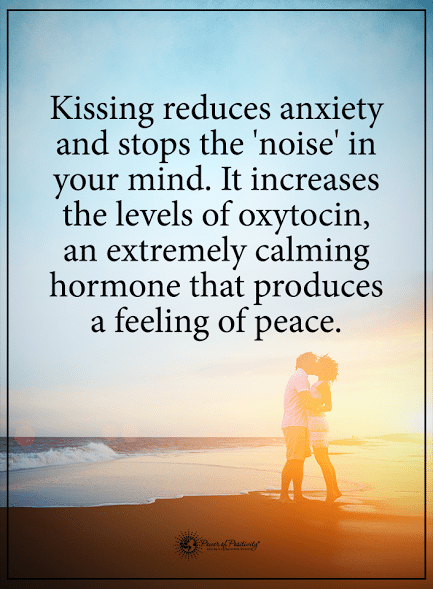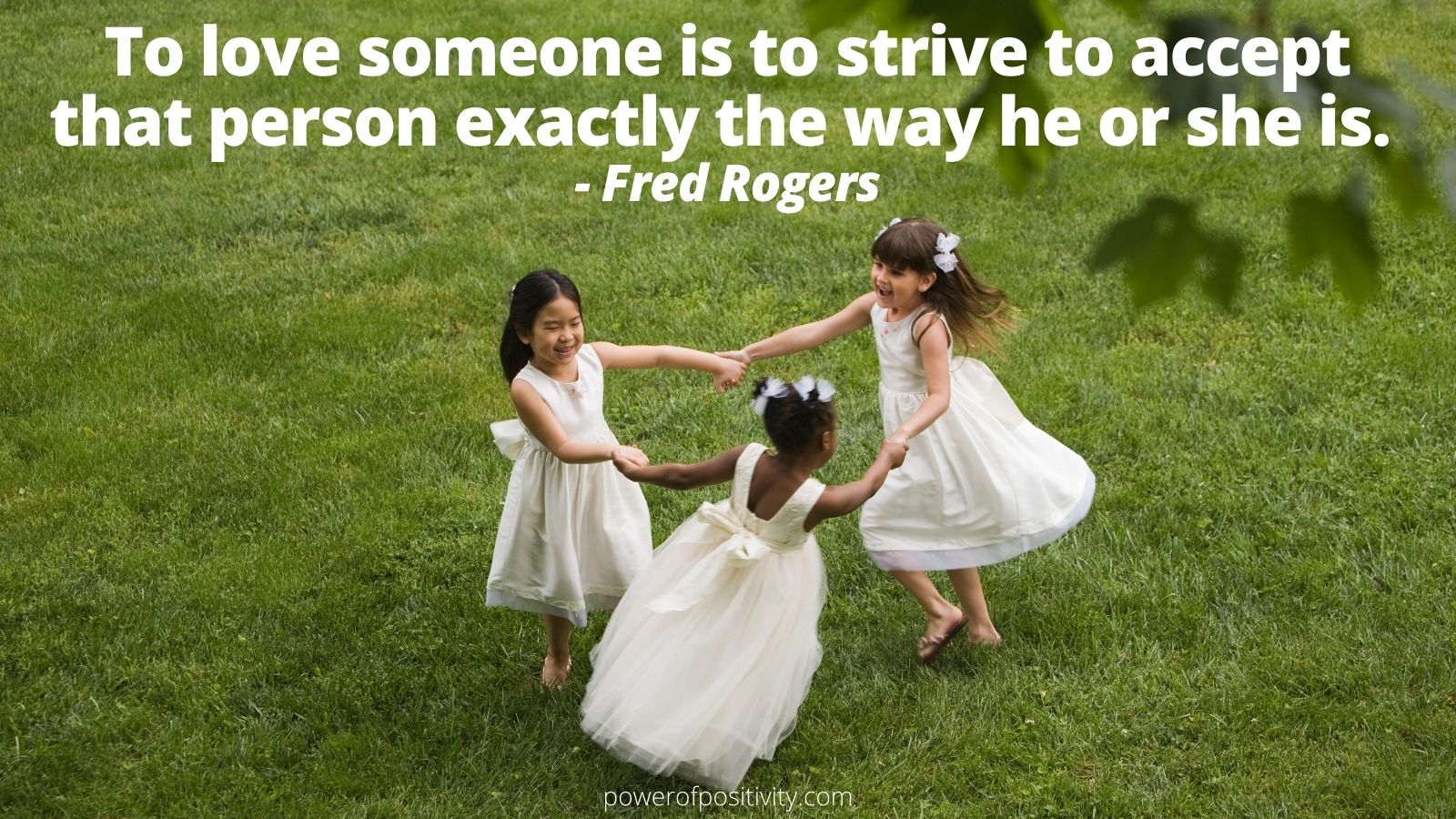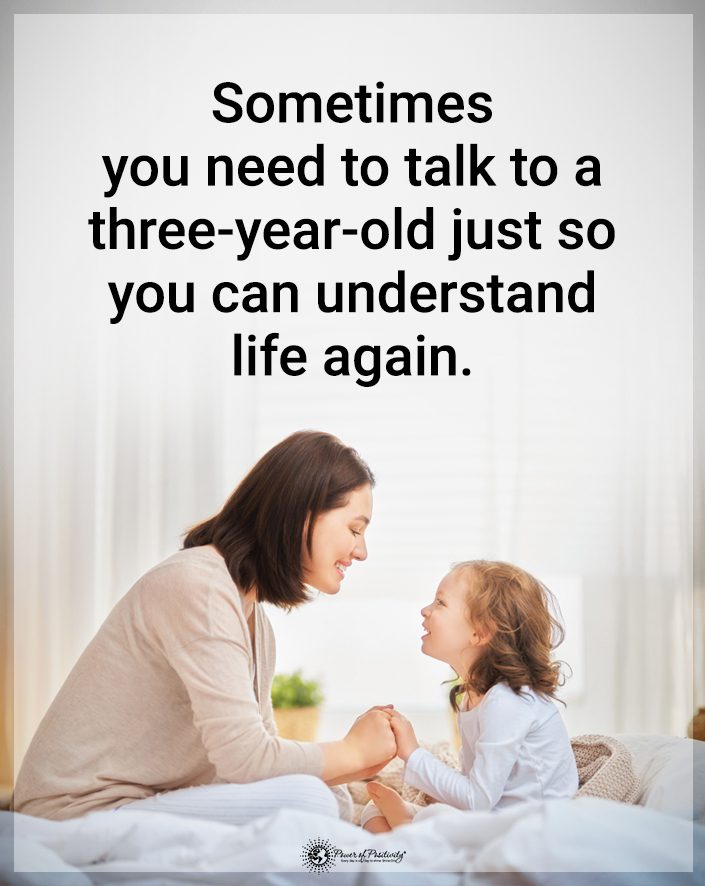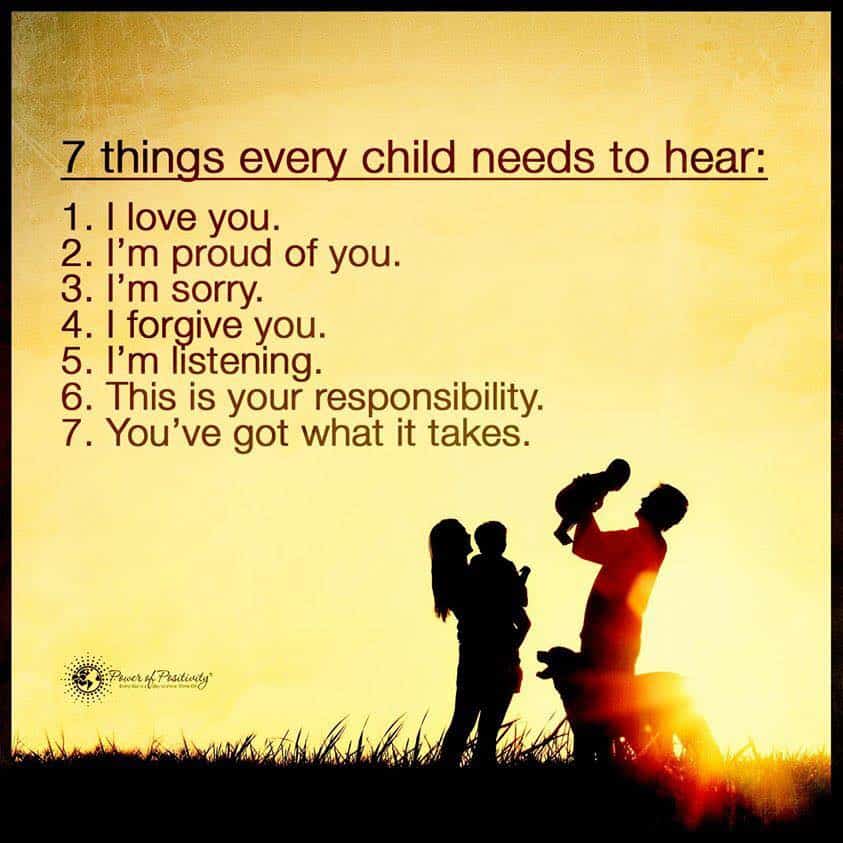“From whom?”
The Toltecs are a people who rose to prominence in central Mexico between the tenth and twelfth centuries CE. They built a stunning capital in Tullan, known today as Tula, which is seventy-two kilometres North-West of Mexico City. They passed on their heritage to the Aztecs, who revered them for having a prosperous civilisation and even claimed descent from them.
With such glowing praise from the biggest known tribe of Mexico, let us look into what the Toltecs have to tell us. When these agreements are understood, people have new possibilities in life and get excited by these. Particularly the areas of happiness, love, and respect for themselves and their relationships. However, people do tend to forget about all the challenges and obstacles the mind has for living just ONE of the agreements. Don Miguel Ruiz, the grand master of Toltec spirituality and neoshamanism, touches on said challenges but people concentrate on the agreements themselves and miss out on other key information, which makes it rather likely to lead to disappointment, frustration, and “This does not work!”
Why is it so hard to do? Over the years, we do not pay attention to how we express ourselves and have our own personal automatic responses. These are out of habit and, because of this, the expressions in our words, emotions, tones, and attitudes are not our conscientious decisions. Not to worry; these mind habits do not have the power to stop the commitment of adopting the Four Agreements if you do not let them. Also, do not forget that, because you already have set habits subconsciously in the mind, it is very difficult at first to be able to keep to the agreements all of the time.
THE FOUR AGREEMENTS OF THE TOLTEC PEOPLE
1. BE IMPECCABLE WITH YOUR WORD.
– Speak with integrity.
– Say only what you mean.
– Avoid using the word to speak against yourself or to gossip about others.
– Use the power of your word in the direction of truth and love.
2. DON’T TAKE ANYTHING PERSONALLY.
– Nothing others do is because of you.
– What others say and do is a projection of their own reality, their own dream.
– When you are immune to the opinions and actions of others, you won’t be the victim of needless suffering.

3. DON’T MAKE ASSUMPTIONS.
– Find the courage to ask questions and to express what you really want.
– Communicate with others as clearly as you can to avoid misunderstandings, sadness, and drama.
– With just this one agreement, you can completely transform your life.
4. ALWAYS DO YOUR BEST.
– Your best is going to change from moment to moment; it will be different when you are healthy as opposed to sick.
– Under any circumstance, simply do your best, and you will avoid self-judgment, self-abuse, and regret.
Related article: 7 Lakota Sioux Laws That Will Change Your Life
What this article intends to do is to promote freedom. This freedom is a personal one from fear, illusions, and long-held beliefs within the mind, which relieves the human condition from suffering. When this is achieved, you learn to automatically live your life with unconditional love, perennial gratitude, and respect for the self and others.
What can YOU do for yourself to make life better, not only for yourself, but also for others in your clan? Are you mentally strong enough to adopt these Toltec Four Agreements?

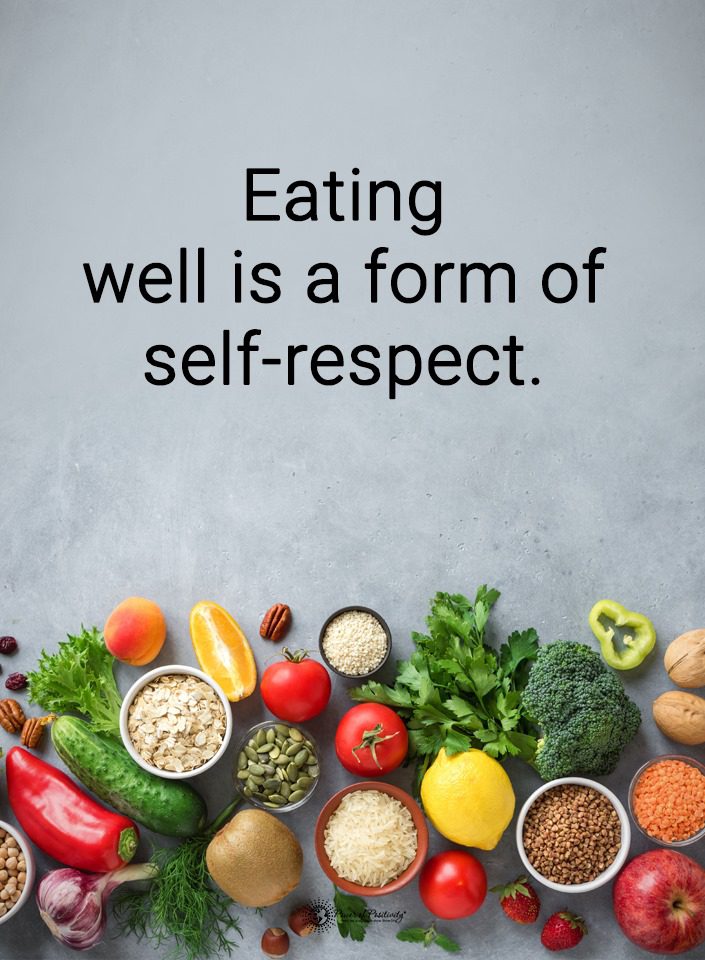
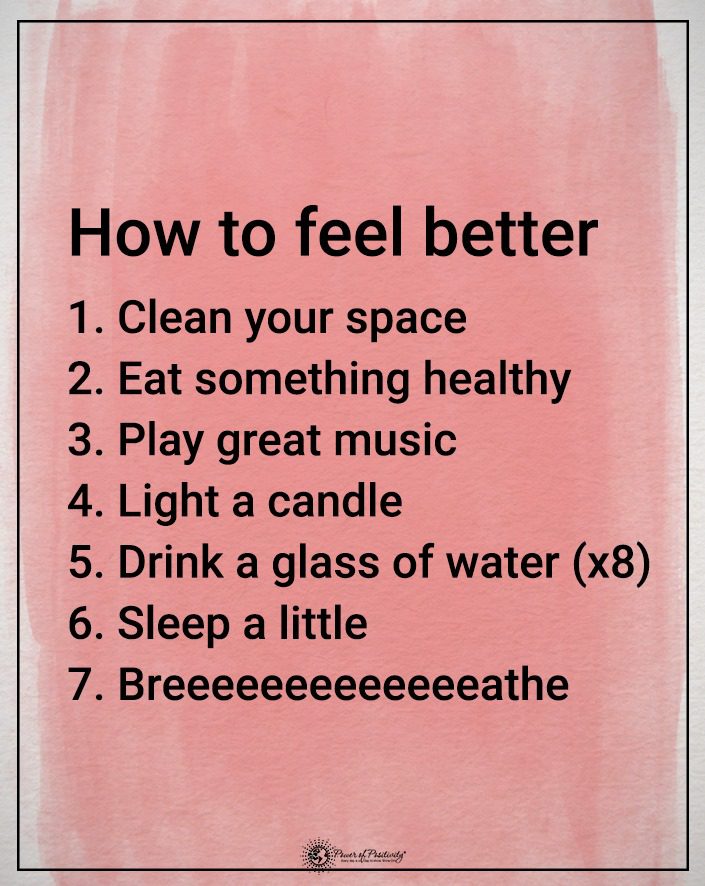
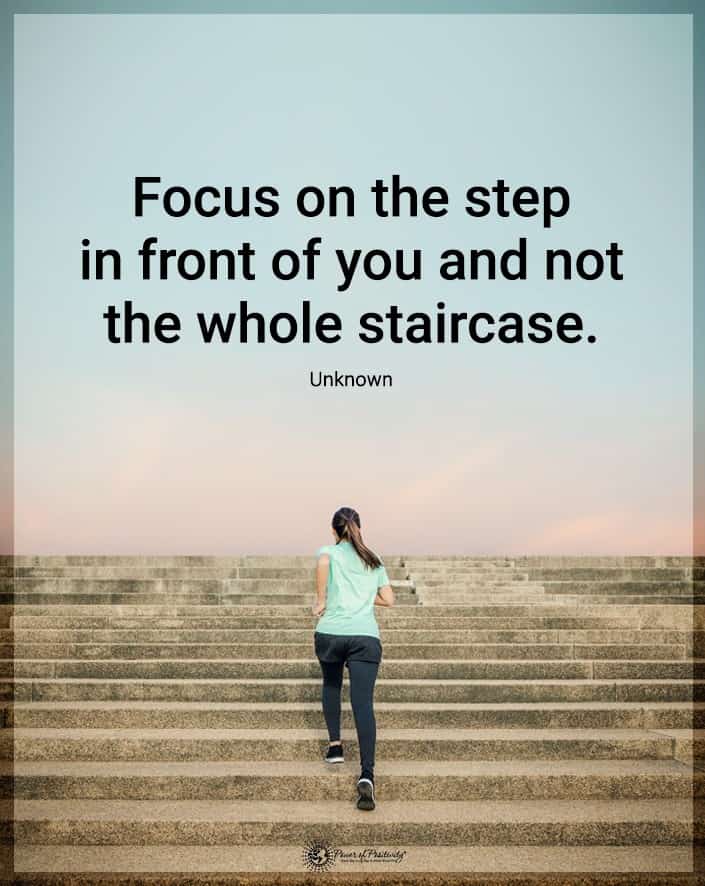
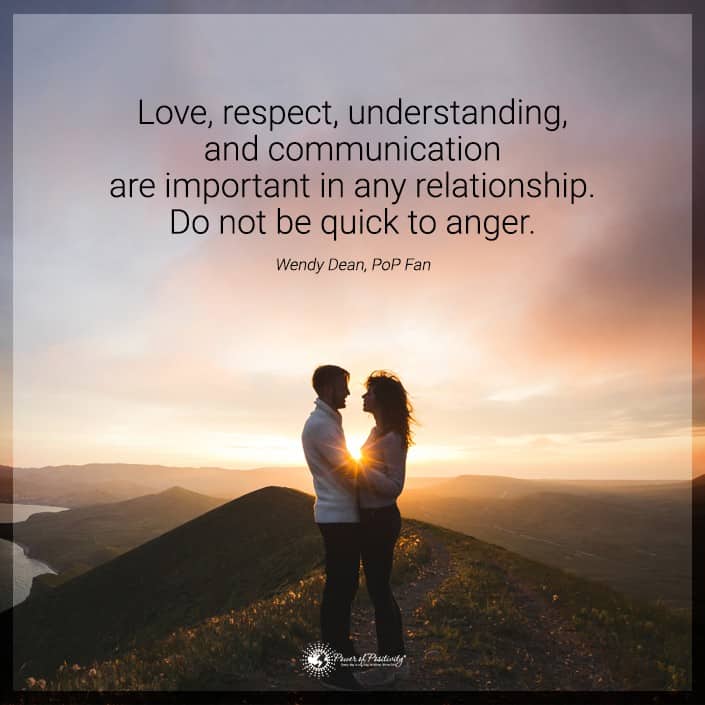 1. Caressing of the face or hair shows love
1. Caressing of the face or hair shows love